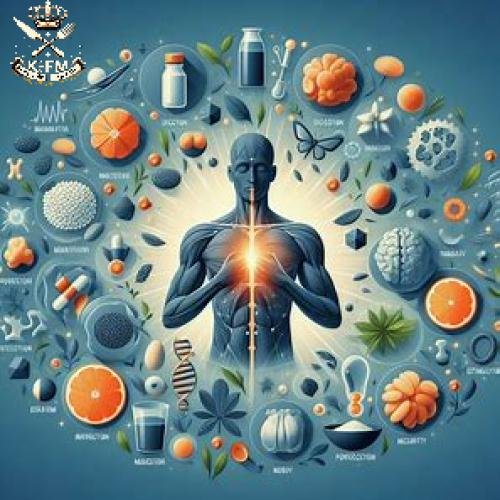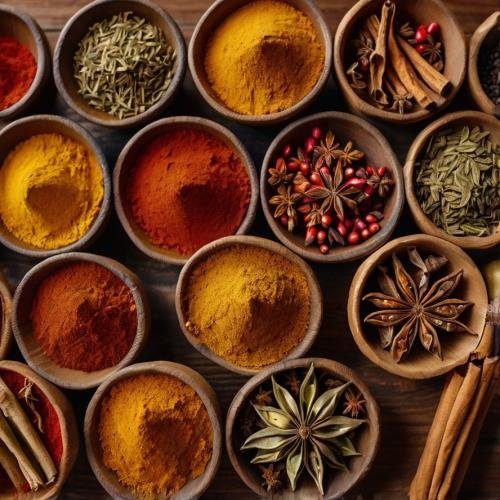Red meat is one of the main sources of protein and iron, and it is an essential part of the diet for many people. During Eid al-Adha, the sacrifice represents an important part of religious and social traditions, where the meat of the sacrifice is distributed among family and the poor. Red meat contains many vitamins and minerals essential for the body’s health, such as vitamin B12, which enhances brain and nervous system functions, and iron, which helps fight anemia. It is also a rich source of proteins that contribute to building muscles and boosting the immune system. Additionally, the sacrifice is an opportunity to celebrate the holiday by strengthening social bonds and contributing to charitable works.
Content of Red Meat:
Red meat includes many nutritional benefits, but its benefits are only complete when consumed with fresh vegetables. A balanced diet is achieved by combining meat with vegetables, which are rich sources of fiber, vitamins, and minerals necessary for the body’s health.

Methods of Preparing Meat:
Meat preparation methods vary depending on individual needs. Cooking or boiling is preferred for those with digestive issues, while others can enjoy grilling. However, despite the importance of meat in nutrition, caution should be exercised when consuming it to avoid potential health problems.
Sacrifice Meat:
Sacrifice meat is an integral part of Eid traditions, symbolizing the spirit of sacrifice and closeness to God. However, it is recommended to consume it wisely and rationally, taking into consideration the timing of consuming the offal and head to gain the maximum benefits.

Eid sacrifices serve as a reminder of sacrifice and giving, but we should not forget the religious and health reasons behind this tradition. Therefore, we should use this opportunity to draw closer to God and share joy with others, while ensuring moderation in meat consumption and achieving a healthy nutritional balance.
Health Benefits:
Red meat offers many important health benefits for the human body. It is a rich source of proteins that help build muscles and strengthen tissues, in addition to containing vitamin B12, which is essential for the health of the nervous system and brain. It also contains iron, which contributes to strengthening the blood and preventing anemia, and helps in the effective transport of oxygen to the body’s cells. Additionally, red meat contains zinc, which boosts the immune system and aids in wound healing. It also provides essential fatty acids that contribute to heart and vascular health when consumed in moderate amounts.
Eid Mubarak, and may you be blessed throughout the year.
Frequently Asked Questions:
Is red meat safe for people with certain health problems?
People with chronic diseases such as diabetes or heart conditions should consume red meat with caution. It is recommended to reduce the amount consumed or replace it with other types of protein, such as fish or poultry. Additionally, it is advisable to choose lean meats and avoid canned or smoked meats.
How can the health risks associated with red meat be reduced?
To reduce the health risks associated with red meat, it can be eaten with fiber-rich foods like vegetables and salads. It is better to reduce the consumption of smoked or fried meats and rely on healthier cooking methods such as grilling or boiling.
Does red meat affect the environment?
Yes, the consumption of red meat has negative environmental impacts. Therefore, it is better to reduce red meat consumption and adopt more sustainable dietary practices.
How can the meat of sacrifices be distributed in the community?
The meat is typically distributed to needy families, as well as among family and friends, strengthening social bonds and contributing to charitable work.
Are there types of red meat that are healthier than others?
Yes, meat from cows that are grass-fed or lamb meat is healthier compared to canned meats or those with excess fat.
Does red meat play a role in enhancing mental health?
Yes, red meat contains Vitamin B12 and iron, which are essential for brain health and memory.
Health Risks Associated with Red Meat:
High Cholesterol Levels:
Red meat contains high levels of saturated fats, which can lead to an increase in harmful cholesterol (LDL) levels in the blood. This raises the risk of cardiovascular diseases.
Heart Diseases:
Excessive consumption of red meat may increase the likelihood of heart diseases, especially if the meat is roasted or fried, which may contain harmful substances like heterocyclic amines.
Global Recommendations:
The World Health Organization (WHO) recommends moderating the consumption of red meat. According to the organization, consuming more than 500 grams of red meat per week may increase the risk of certain types of cancer, especially colorectal cancer.
Tips for Storage and Cooking:
Storage:
Red meat should be stored at very low temperatures (in the refrigerator or freezer) to minimize the chances of bacterial growth. It is recommended to store the meat in airtight bags to prevent exposure to air.
Healthy Cooking:
One of the best methods for cooking red meat is grilling at low temperatures, as this helps reduce excess fats. It is also advisable to avoid frying meat or adding large amounts of oils. Boiling or steaming the meat can also be a good option to preserve its nutritional value.
Healthy Types of Red Meat:
Grass-fed Beef:
Grass-fed beef contains less fat, making it a healthier choice compared to grain-fed meat.
Lamb:
Lamb meat contains good amounts of healthy fatty acids, and when prepared in moderation, it can be a healthy option.




















